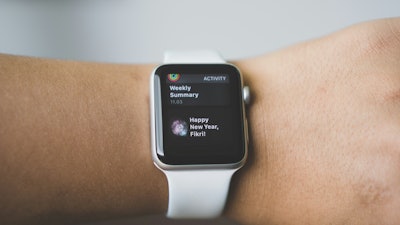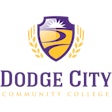
A California high school basketball player was recently diagnosed with a heart condition through the use of a smartwatch to monitor the boy's heart rhythms.
"It was scary at first, especially not knowing what was wrong," 15-year-old Connor Heinz, a freshman at Menlo-Atherton High School, told CBS News, adding that he started having episodes about five years ago. "I was jumping on the trampoline and I just felt, like, this crazy pounding from my heart. I had no clue what was going on," Heinz remembered. "I went inside and, like, kind of just laid on the couch and it ended after about 20 minutes."
Heinz tried wearing a temporary heart monitor, but it would not stay. To make matters more difficult, Heinz's episodes were sometimes months apart. That led to doctors suggesting a smartwatch.
"It happened again, and then it kept getting more frequent. So then we knew something was wrong," he told KPIX. "When I was playing basketball and I had an episode, it would kind of just like take my breath away and make it hard for me to keep going."
Consistent wearing of the smartwatch allowed Dr. Scott Ceresnak, a pediatric cardiologist at Stanford Children's Health, to confirm a diagnosis of supraventricular tachycardi, or SVT.
"It gave me a sense of control when the episode came on, that I was able to help him, sit with him, get the reading and have the answers," said Amy Heinz, Connor's mother.
As the episodes became more regular, Heinz's ability to play basketball was hindered, and he and his family decided on surgery to remedy the condition.
"Hearing the word surgery was pretty scary for me, but then once the doctor talked me through it and stuff, it made me feel a lot better," Heinz said.
The surgery was a success and Heinz is now on his high school's JV team as a freshman.
Heinz's experience has now led to a study from Stanford Children's Hospital that demonstrates how smartwatches can help doctors detect and diagnose irregular hearth rhythms in children. Ceresnak said he was surprised at how often the standard monitoring didn't pick up rhythms that the watches did.
There will be further study this year, with the hope that algorithms will be designed for smartwatches based on the data collected from children.
"It's just so much better that I can, like, do the things that I enjoy without having any worries," Heinz said about his health after his treatment of this condition. "It might be scary, but it will always get better."





































